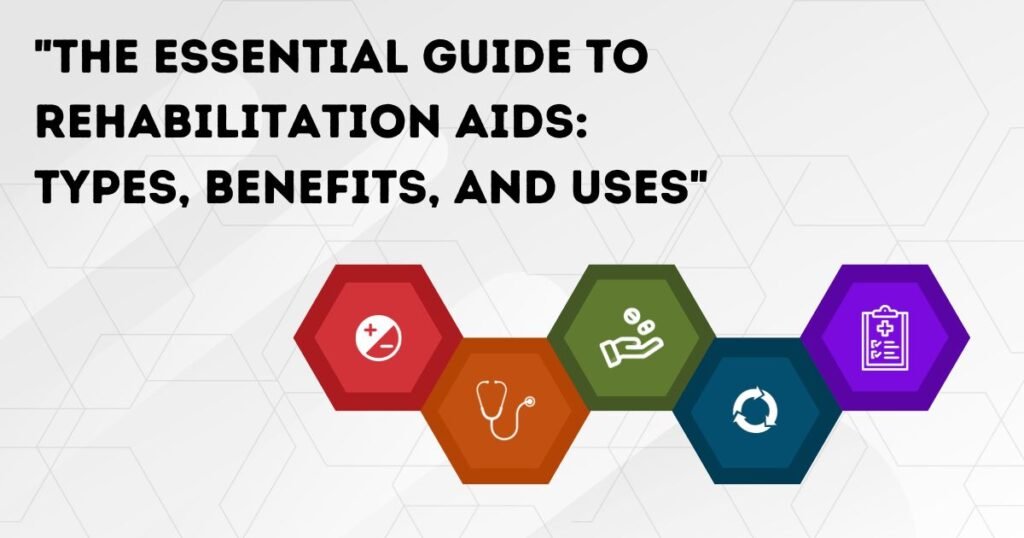The 4-Minute Rule for Narconon Africa
Wiki Article
The Best Guide To Narconon Africa
Table of Contents5 Easy Facts About Narconon Africa DescribedThe 8-Minute Rule for Narconon AfricaIndicators on Narconon Africa You Should KnowThe smart Trick of Narconon Africa That Nobody is DiscussingThe smart Trick of Narconon Africa That Nobody is Discussing9 Easy Facts About Narconon Africa ShownThe 15-Second Trick For Narconon Africa
In a collection of documents with Manudeep Bhuller and Katrine V. Lken, we get rid of these data challenges and the nonrandomness of jail time, providing brand-new insights right into exactly how imprisonment impacts recidivism, work, kids, and criminal networks - Drug rehab success. Figure 1 Our job research studies the impacts of imprisonment in Norway, a setting with two crucial advantagesWe can even more link this info to other household participants, consisting of youngsters and brother or sisters. Additionally, we know on co-offending that permits us to draw up criminal networks for observed criminal offenses. Second, we can utilize the random job of criminal cases to courts that differ in their propensities to send offenders to jail.
Yet some courts send defendants to prison at a high price, while others are more forgiving. We determine a judge's stringency as the average imprisonment price for all various other situations a judge deals with, after managing for court and year fixed effects, which is the level of random assignment. This quasi-random assignment of court stringency can be used as a tool for incarceration, as it strongly anticipates the judge's choice in the existing instance, yet is uncorrelated with other case characteristics both deliberately and empirically.
All about Narconon Africa
Characteristics of prisoners, consisting of demographics and crime classifications, are broadly similar in Norway and various other nations, including the United States, with the exemptions that the US homicide price is a lot higher, and race plays a larger function there too. What stands apart as various, particularly contrasted with the USA, is the prison system.Figure 2In Norway, the typical time invested in jail is a little over six months, which is comparable to most various other Western European countries. This contrasts with typical US jail time of almost three years, which is in large part the reason the United States is an outlier in its incarceration rate compared with the rest of the world [Number 1]
Facts About Narconon Africa Revealed
This provides a lot more splitting up in between small and solidified bad guys than exists in the USA. There is no overcrowding in Norwegian jails and far better personal safety, with each detainee being designated to their own cell and a greater inmate-to-staff proportion than in the United States (https://sitereport.netcraft.com/?url=https://www.narcononafrica.org.za). Prisons in Norway likewise offer well-funded education and learning, medication therapy, psychological wellness, and work training programsOur research on the effects of incarceration on the wrongdoer, making use of the arbitrary job of courts as an instrument, yields three essential searchings for. First, imprisonment dissuades even more criminal habits. We discover that imprisonment lowers the probability that an individual will reoffend within five years by 27 percentage points and lowers the corresponding number of criminal charges per individual by 10 fees.
Narconon Africa - Questions
We discover substantial reductions in reoffending likelihoods and collective charged criminal offenses also after offenders are launched from prison. Our 2nd outcome is that predisposition as a result of selection on unobservable individual features, if disregarded, leads to the wrong conclusion that time invested in prison is criminogenic. If we simply contrast criminal accuseds imprisoned versus those not sentenced, we locate positive organizations between imprisonment and succeeding criminal activity.This stands in contrast to our evaluation based on the random job of judges, which finds an opposite-signed result. Third, the decrease in crime is driven by people who were not functioning before incarceration. Amongst these people, imprisonment increases involvement in programs directed at improving employability and reducing relapse, and this ultimately elevates employment and earnings while inhibiting criminal behavior.

Jail time causes a 34 portion factor boost in engagement in work training programs for the formerly nonemployed, and within five years their employment price rises by 40 percent points. At the very same time, the probability of reoffending within five years is reduced by 46 portion factors, and there is a decrease of 22 in the average number of criminal fees.
An Unbiased View of Narconon Africa

A plausible description for the difference is that Norway's jail system differs significantly, both in terms of prison-term size and prison problems, from the US jail system. While understanding the results of imprisonment on the culprit is an essential first action, capturing spillover effects is additionally crucial for assessing criminal justice plan and developing reliable prison systems.
Get This Report on Narconon Africa

Average least squares estimates expose that kids of incarcerated papas are 1 percentage point most likely to be charged with a criminal offense, about a mean of 13 percent, and reveal no result on school grades. Using our judge stringency instrument, we find no statistical evidence that a dad's incarceration impacts a kid's own criminal offense or college grades, yet we are unable to rule out modest-sized effects.
All about Narconon Africa
We define criminal teams based upon network links to prior criminal cases. Our analysis returns 3 primary searchings for. First, when a criminal network member is incarcerated, their peers' possibility of being charged with a future crime decreases by 51 percentage factors over the next 4 years. Having an older bro put behind bars minimizes the possibility his younger brother will certainly more information be charged with a crime by 32 percent points over the next 4 years.Report this wiki page